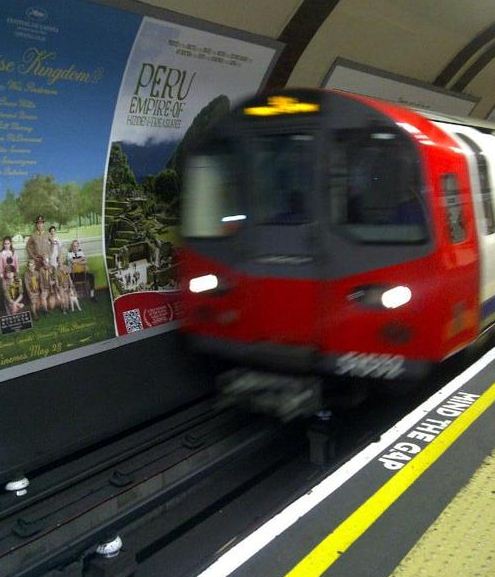QR codes under threat from new tech

Quick Response (QR) codes need to be better used with a clear strategy in mind, and not be used for the sake of doing so. Badly implemented QR code campaigns may erode consumer interest, and this may prove detrimental given the emerging rival technologies entering the market.
According to Leon Perera, CEO of Spire Research, QR codes are being used only by a minority of the customers who see them.
"These codes have gained a foothold in print ads, posters, and so on--partly because they symbolize technological sophistication, not because most customers are actually using them," Perera said.
In order to go beyond being the latest fad, QR codes will need to connect users to more information about the brand or product, and the content should entertain and resonate with bored readers and commuters.
Agreeing, Mike Wehrs, CEO and president of mobile engagement firm ScanLife, pointed out that with thousands of new codes being published, there were bound to be some very bad examples which will taint the experience for everyone.
Among the key things to avoid when implementing QR codes are placing them in locations with poor data service, such as in subways, and making them so dense or small that they are unreadable, he added.
"Just because you can place a code on something, doesn’t mean you should!" said Wehrs.

Effective use of QR codes
According to the executive, the main elements to a successful QR code campaign are strategy, content, and analytics. Companies need to first decide what the consumer would want from a code, and should not proceed if they cannot think of a reason, he said.
Assuming there is a reason, they should deliver an experience that is simple, mobile-optimized, and leads them to the next step in your process. For example, this could range from a sweepstakes entry to grow a database, a video demonstration to close a sale, or a social connection, he elaborated.
Finally, the effective use of QR codes should include mechanisms to monitor traffic to get detailed analytics and learn how people are engaging with your media, said Wehrs.
In an example of a successful campaign, Singapore pub Harry's Bar said it managed to leverage QR codes to double its beer sales.
The bar launched a campaign in August during its designated happy hour called 'Bottle Message'. Customers would get a QR code tag with each bottle of beer they bought. Using an app, they could scan the tag, key in an anonymous message and then send the tag on another bottle to someone they fancied. The recipient, upon scanning the tag, would be able to enter a virtual chatroom via the app with the sender.
Other creative examples include U.K. retailer Tesco which launched virtual supermarket shelves in South Korea's subway stations last year, and PayPal which trialed a similar concept on billboards in Singapore in February this year.
QR codes relevance under threat
Despite the rising adoption of smartphones that enable QR codes to be read, the technology is likely to face increasing obstacles in the future.
New and more promising technologies will erode the position of QR codes over time, pointed out Perera. Some of these potential challengers include augmented reality, near-field communications and mobile visual search, as exemplified by products like Google Goggles, Blippar and Aurasma, he said.
Agreeing, Wehrs said there could be some overlap as these other channels came into play.
However, he remained optimistic QR codes are "here to stay" for now because they are very easy to implement, inexpensive, and most importantly, they are openly available to millions of people.
He noted there have also been spinoffs from QR codes to other formats such as Micro EZcodes, which are small enough to be printed under a bottle cap.
"You don’t have to download a specific app to read a specific image. It's an open ecosystem which has made it much easier for people to use. That is what is most important right now," Wehrs said.